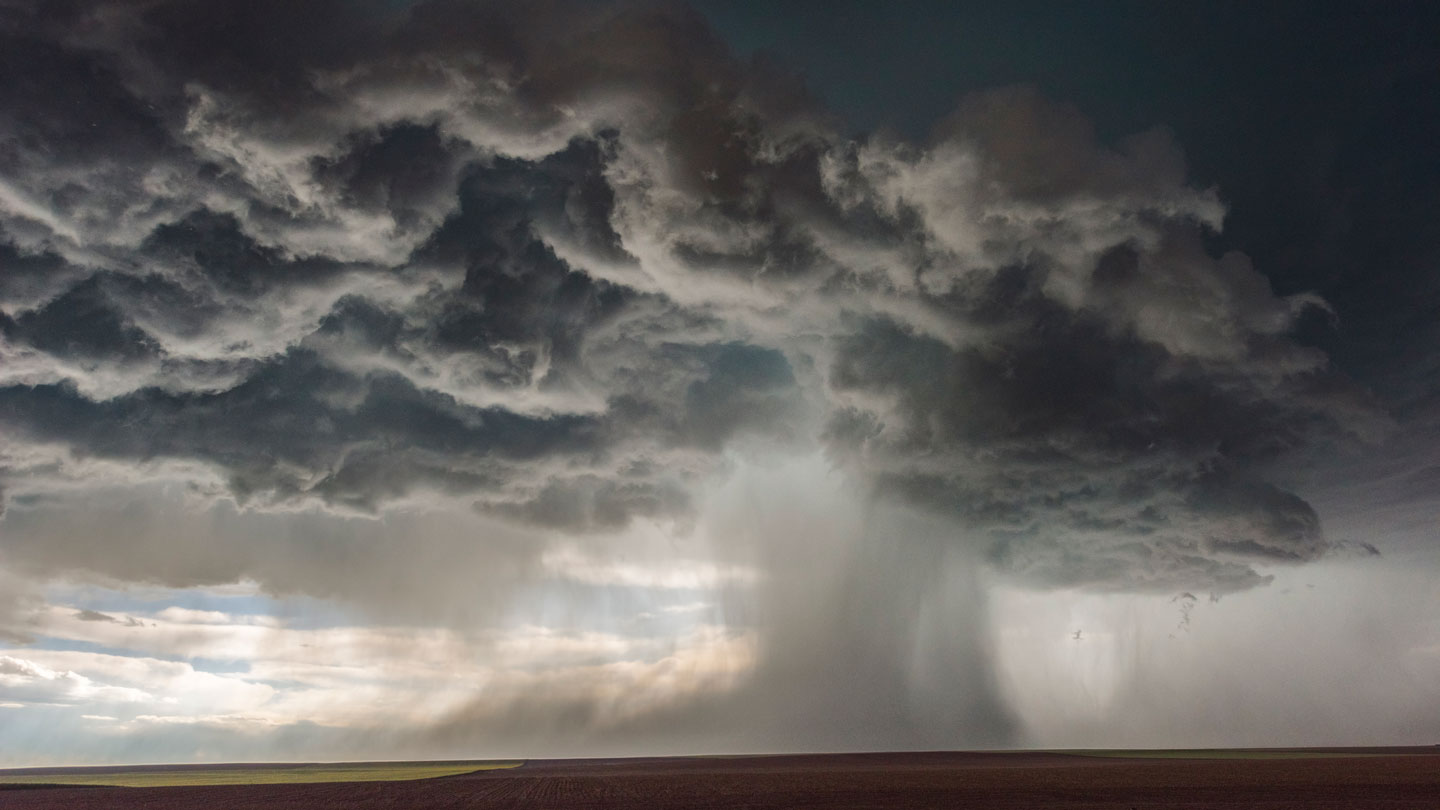In July, a fierce thunderstorm raged through Washington, D.C., damaging homes, felling trees, producing blinding rain and leaving thousands without power. The storm was the District’s worst since a derecho swept through the Midwest and Mid-Atlantic regions in 2012 (SN: 8/27/20). Was the new damage the result of another derecho or a tornado? No, said area meteorologists. This time the culprit was a downburst.
Here’s what to know about downbursts.
A downburst is an area of powerful winds produced by a storm with strong downward-moving air, known as a downdraft. When the downdraft reaches the ground, it slams into the surface and spreads out, sending winds outward in all directions like a water balloon dropped from the sky.
Every storm has a downdraft which sends cold air toward the ground and along the surface, says Charles Kuster, a research meteorologist at the National Severe Storms Laboratory in Norman, Okla. But for that downdraft to create a downburst, it needs to reach a certain velocity. There are a few different thresholds in use, but a common indicator is wind speeds above 93 kilometers per hour (58 miles per hour), which is also the wind speed that merits a severe thunderstorm warning from the National Weather Service.
2023-09-04 07:00:00
Source from www.sciencenews.org
